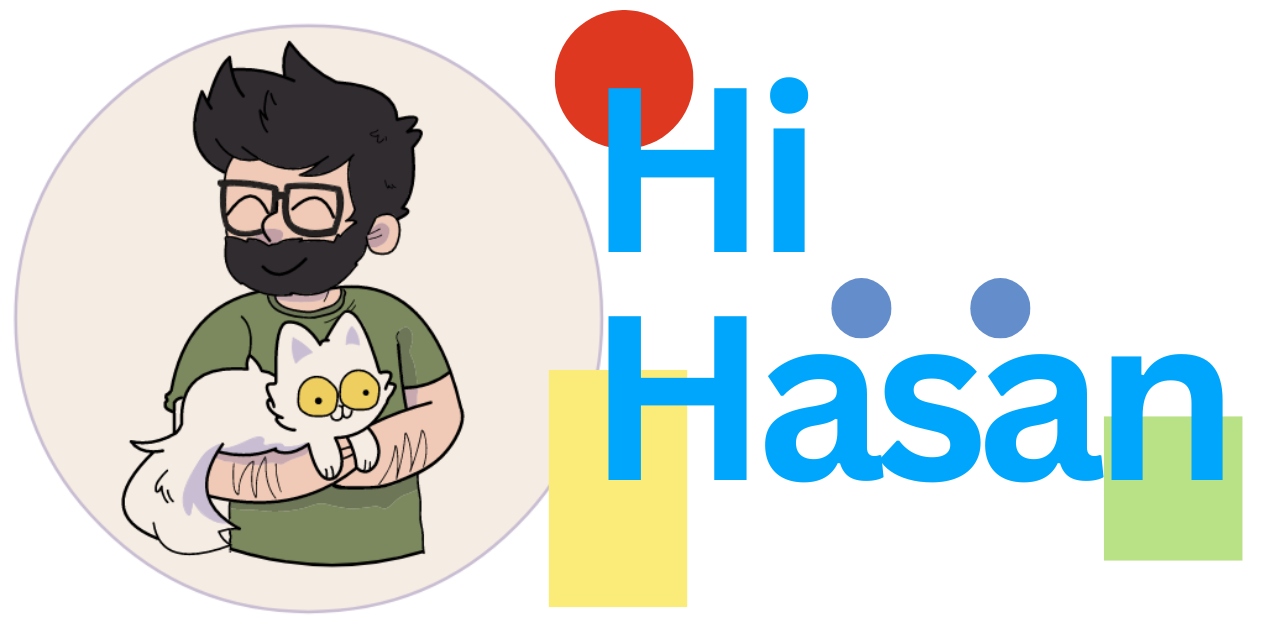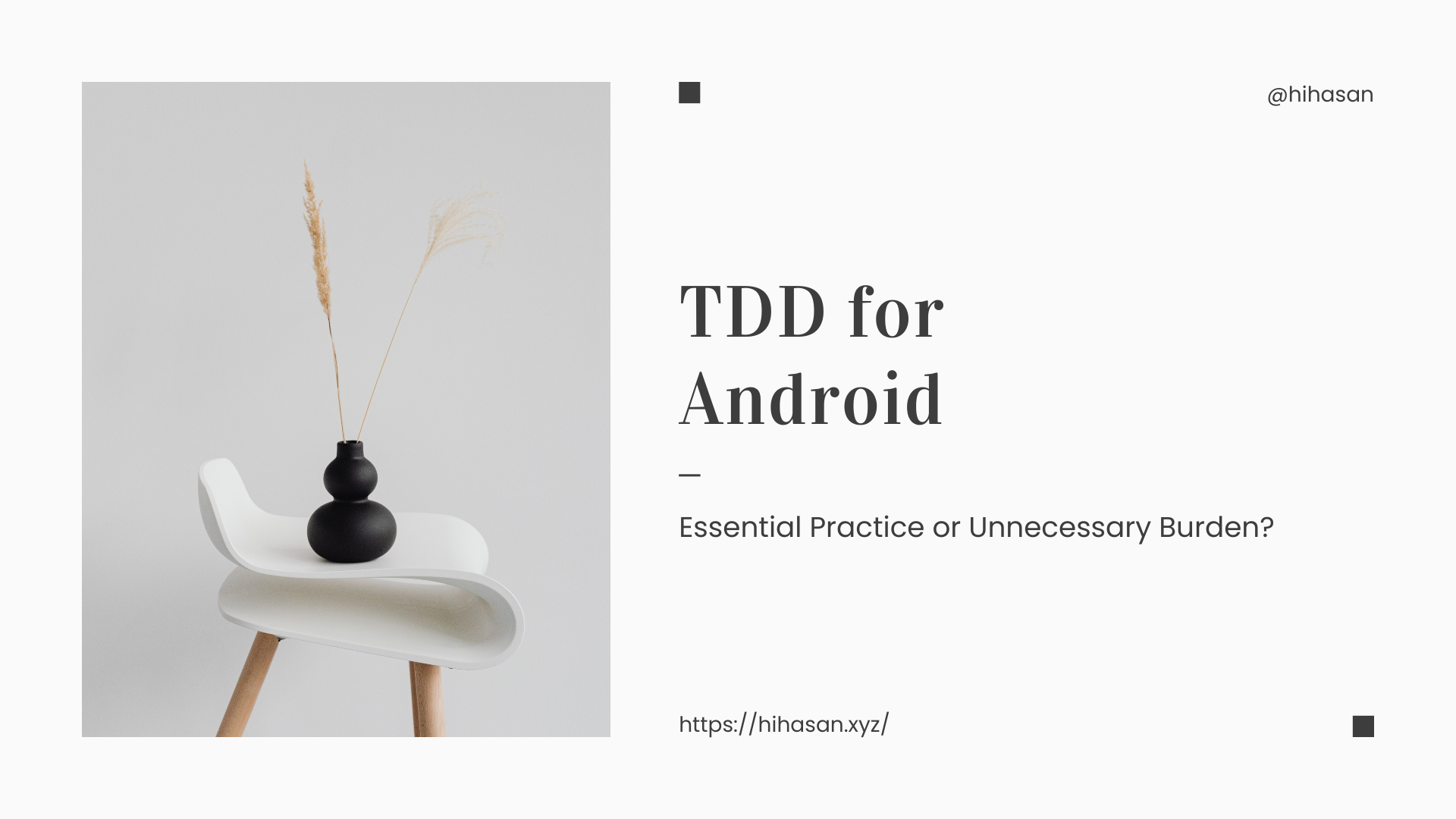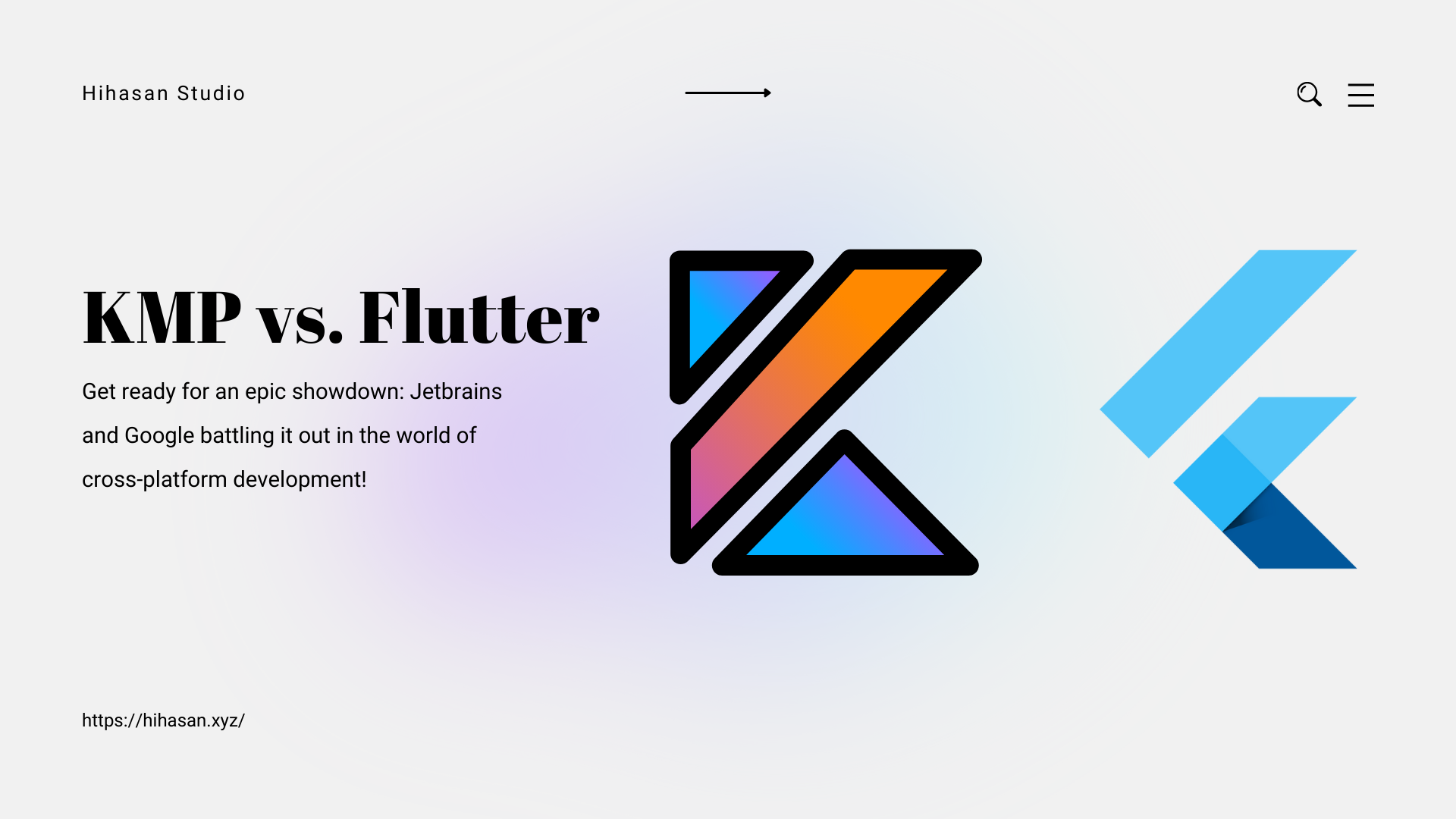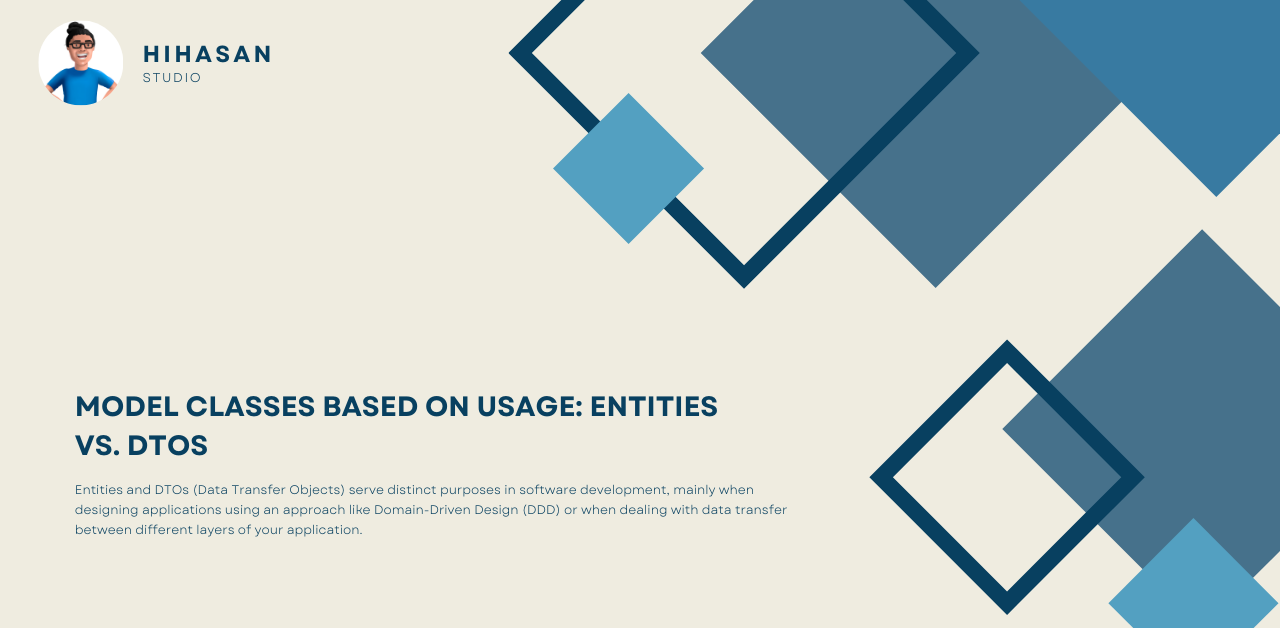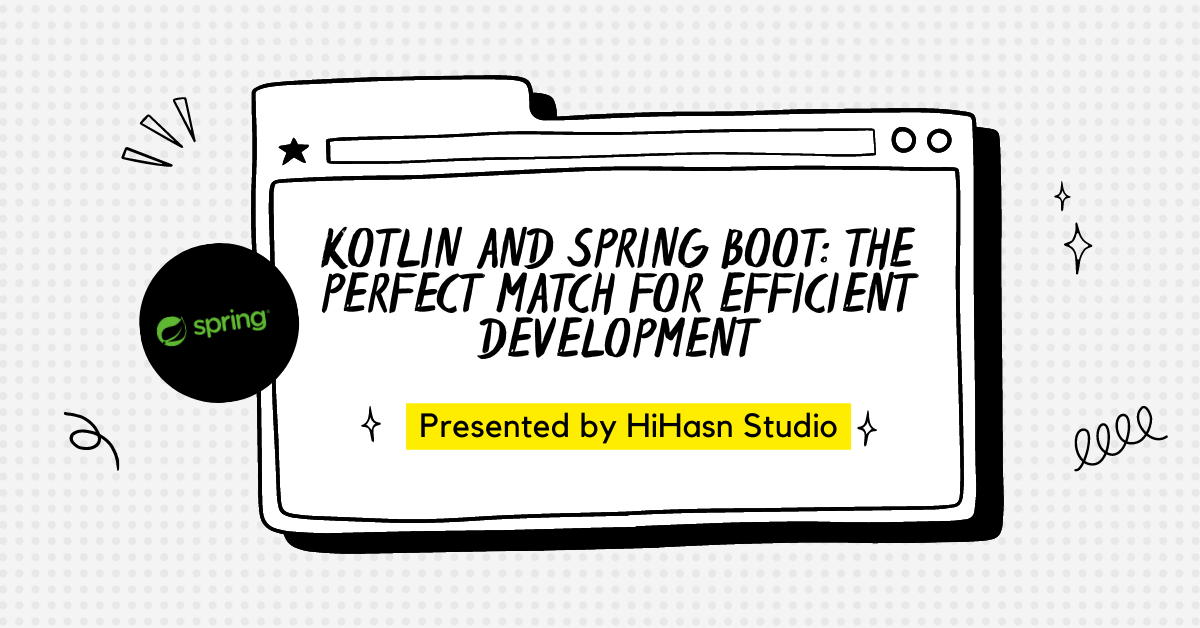Cross-platform development has become a significant trend in the software development world, enabling developers to write code once and deploy it on multiple platforms. Two prominent tools in this space are Kotlin Multiplatform and Flutter, each with its unique approach and benefits. This article will delve into their key differences and correct any misconceptions.
Background and Development
Kotlin Multiplatform:
- Developed by JetBrains: Kotlin Multiplatform is a part of the Kotlin programming language ecosystem, which JetBrains develop. Kotlin has gained widespread popularity, particularly as an official language for Android development endorsed by Google.
- Target Audience: Kotlin Multiplatform is designed for developers who are familiar with Kotlin and wish to leverage its capabilities across multiple platforms, including iOS, Android, web, and desktop.
Flutter:
- Developed by Google: Flutter is an open-source UI toolkit created by Google. It enables the development of natively compiled applications for mobile, web, and desktop from a single codebase.
- Target Audience: Flutter is geared towards developers looking to build highly performant applications with a focus on rich, interactive user interfaces. Its language of choice is Dart, which was also developed by Google.
Key Differences
- Programming Language:
- Kotlin Multiplatform: Uses Kotlin, a modern, statically typed language that is fully interoperable with Java. Kotlin is praised for its concise syntax, safety features, and tool-friendly nature.
- Flutter: Uses Dart, a language designed by Google that focuses on ease of use and high performance. Dart’s syntax is similar to JavaScript and Java, making it relatively easy to pick up for developers familiar with these languages.
- Development Paradigm:
- Kotlin Multiplatform: Emphasizes code sharing and reuse across platforms. Developers write platform-independent code for shared logic and platform-specific code when necessary. This approach allows for a high degree of flexibility and native performance.
- Flutter: Provides a single codebase for the UI and business logic across all platforms. It uses its own rendering engine to draw widgets, which results in a consistent look and feel across different devices. This can sometimes lead to a less “native” look on each platform but ensures uniformity.
- User Interface (UI):
- Kotlin Multiplatform: Relies on native UI components for each platform. Developers use the native UI frameworks (SwiftUI or UIKit for iOS, Jetpack Compose or XML layouts for Android) to build the user interface, which ensures a truly native experience.
- Flutter: Uses a rich set of customizable widgets for building UIs. Flutter’s widgets are rendered using its Skia-based rendering engine, which allows for high performance and flexibility in design but might feel less native.
- Performance:
- Kotlin Multiplatform: Since it uses native components and compiles to native code, performance is typically on par with native applications. The platform-specific parts can take full advantage of the underlying system capabilities.
- Flutter: Achieves high performance through its own rendering engine and Ahead-of-Time (AOT) compilation. However, because it does not use native widgets, there can be some overhead compared to fully native applications.
- Ecosystem and Community:
- Kotlin Multiplatform: Benefits from the mature Kotlin ecosystem and its integration with Android development. JetBrains provides robust tooling support, and the community around Kotlin is growing rapidly.
- Flutter: Has a vibrant and rapidly growing community supported by Google. The ecosystem includes a plethora of packages and plugins that simplify many aspects of development.
- Maturity and Adoption:
- Kotlin Multiplatform: Still relatively new in the cross-platform space but is backed by the solid foundation of Kotlin and its use in Android development. It is seen as a natural choice for teams already invested in the Kotlin ecosystem.
- Flutter: Has seen rapid adoption since its release and is used by many major companies for production apps. Its maturity and extensive documentation make it a strong contender for cross-platform development.
Conclusion
Both Kotlin Multiplatform and Flutter offer compelling solutions for cross-platform development, each with its strengths and trade-offs. Kotlin Multiplatform appeals to those who prioritize native performance and are comfortable working with Kotlin and native UI frameworks. Flutter, on the other hand, attracts developers with its rich set of customizable widgets, high performance, and a single codebase approach.
Choosing between the two depends largely on the specific needs of the project and the existing expertise of the development team. Both tools continue to evolve, promising even more robust and versatile options for cross-platform development in the future.
